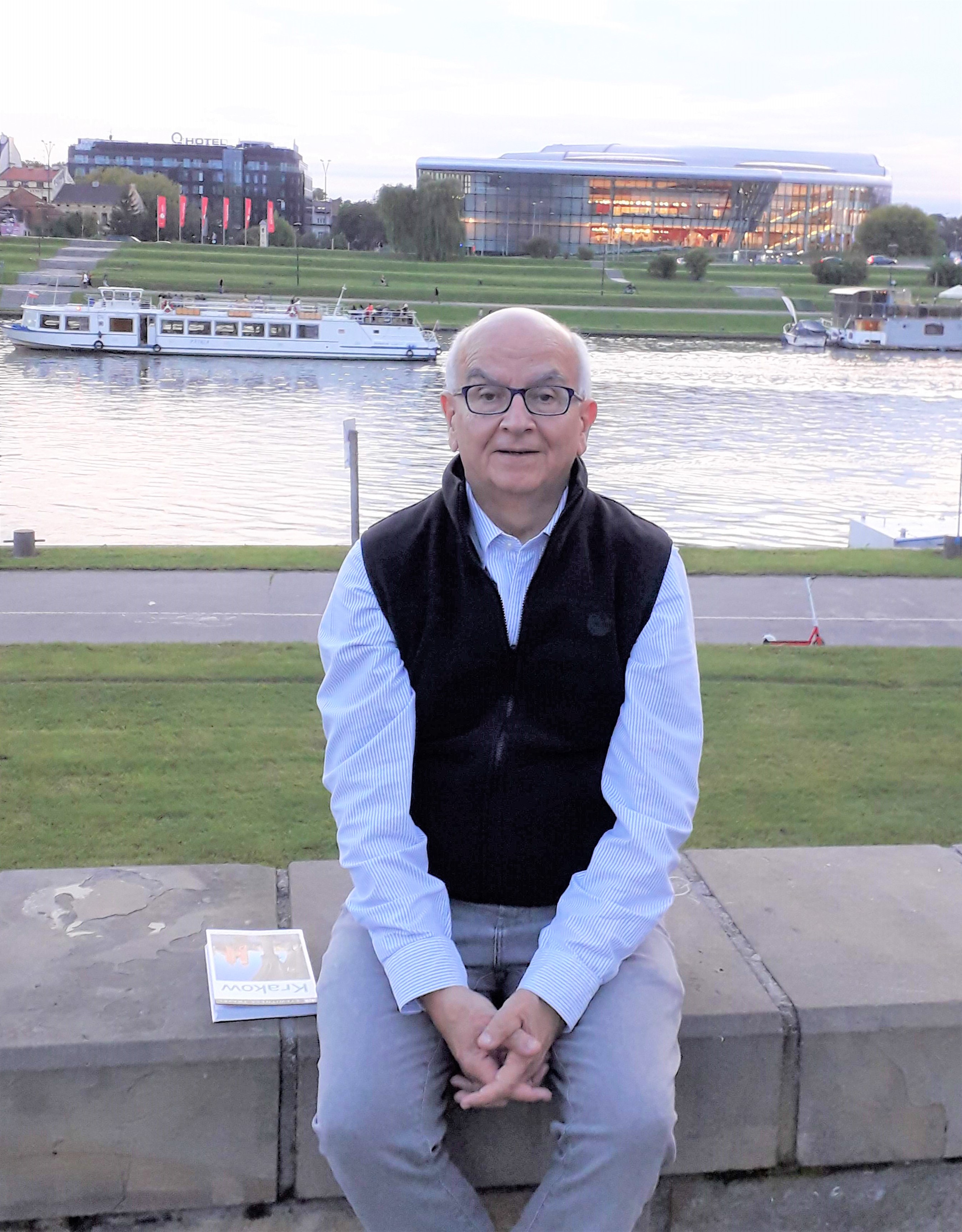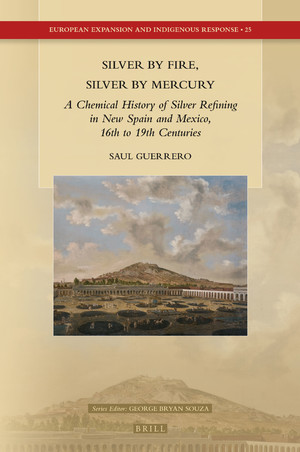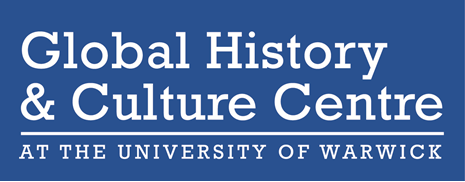Book review: Saul Guerrero, 'Silver by Fire, Silver by Mercury: A Chemical History of Silver Refining in New Spain and Mexico, 16th to 19th Centuries' (Boston: Brill, 2017)
Published: 9 October 2019 - Michael Bycroft
Saul Guerrero turns the received view on its head in his remarkable 2017 book on silver refining in the Hispanic New World. The book has its origins in the MA programme in Global History at the University of Warwick, which Guerrero completed in 2009. He begins the book by reminding us that the mines of New Spain and Republican Mexico were the source of 70% of the world’s silver in the seventeenth and eighteenth centuries and a large proportion of it in the nineteenth. Conventional wisdom says that Hispanic silver ore was poorer than European silver ore. To add insult to injury, it says that the technical procedures used to refine silver ore in the New World were primitive compared to those used in Europe for the same purpose. It also implies that these procedures differed little from low-tech methods for refining gold in Europe. And it holds that the human and environmental cost of Hispanic refining was due to these unsophisticated methods, in particular to the use of mercury in the refining process. The overall picture is one of European sophistication versus New World degradation. The technology of the New World was as unrefined as its ores.
Guerrero shows that every element of this picture is false. To begin with, there is no firm data on the quantity of silver in historic ores on either side of the Atlantic. The data that do exist suggest only that each kind of ore contained about 0.25% of silver by weight. In any case, as Guerrero writes, “an orphaned number designating a silver content, devoid of content, can mislead rather than assist in deciphering the events that determined the history of silver refining in the New World.”
Moreover, there is an important sense in which Hispanic silver was superior to its European counterpart. It was often found in the absence of base metals such as lead and copper, both of which were frequently extracted from European silver ores. In modern chemical jargon, silver was the “primary metal” in Hispanic ores, usually in the form of silver sulphides, whereas copper and lead were “primary” in European ones. It was this difference, not any alleged difference in purity, that mattered for the technology of silver refining. Roughly speaking, silver sulphides are best suited to refining by mercury (“silver by mercury”), whereas lead ores are best suited to refining by smelting (“silver by fire”). Mercury refining was not a more primitive form of technology than smelting but one that was better adapted to the geochemical conditions of the New World.
There is more. Guerrero shows that there were two kinds of mercury refining applied to silver ore in New Spain. The earliest kind was a direct import from Europe, where German miners were accustomed to using liquid mercury to refine gold. This process was known as “amalgamation,” since it involved the mercury joining up with or “amalgamating” with the particles of gold in the ore. But amalgamation worked better on gold than it did on silver. It did work in the New World, but only when applied to elemental silver, not to compounds such as silver sulphide. Elemental silver did exist in the New World, but only in small quantities.
To extract silver from the sulphides a different technique was needed, one in which mercury played a different chemical role than it did in amalgamation. In modern terms, it had to form a compound with the ore rather than a mixture. In particular, it had to react with silver chloride to produce pure silver and mercury chloride. Yes, that’s silver chloride—there was also a first step in which the silver sulphides were converted into silver chlorides. Together these steps became known as the patio process. This process was a chemical wrench that opened up the deep seams of silver ore known to Spanish refiners as negrillos. Crucially, the patio process was not a direct import from Europe. It had been used before in Europe, but “it was recreated independently through the stubborn efforts of the self-made refiners around Potosí.” It spread through the mines of New Spain around 1600, where it was the main method for refining silver for the next three centuries.
The final twist in the tale is that the mercury refining process was not the main source of human and environmental degradation in the mining regions of New Spain and the Mexican Republic. The image of refining workshops belching out toxic fumes of mercury is seductive but fanciful. The problem was lead, not mercury. And the lead was used in the smelting process, not in the mercury refining process. After all, as Guerrero shows, smelting was not displaced by mercury refining but employed in tandem with it, producing about 40% of Spanish silver during the colonial period. Like mercury refining, smelting came in two varieties, one simple (heating the ore to moderate temperatures) and one complex (heating the ore to higher temperatures after mixing it with lead). Once again, it was the more complex process that gave access to the deep and abundant silver sulphides. And this process did produce clouds of toxic fumes, and lots of them. Overall it released a hundred times more lead into the air than the mercury process released mercury. “Mercury as the lesser evil: this was the ultimate paradox of the history of silver refining in New Spain and Mexico.”
Extraordinary claims call for extraordinary evidence, and Guerrero has plenty of the latter. He triangulates four kinds of source. Travel narratives, alchemical tracts, and mining manuals bear witness to the transfer of refining technology from Europe to the New World and to the emergence of new technology in New Spain. The second source is unorthodox but essential: the writings of twentieth-century chemists, expertly interpreted by Guerrero, who worked as a chemist before turning his hand to history. Modern chemistry backs up Guerrero’s central claim that silver sulphides cannot be refined by amalgamation with mercury. It also enables him to reconstruct the chemical processes that went on inside refining workshops, and hence to calculate the amounts of mercury and lead they emitted.
These calculations draw on a third source, a unique set of long-term accounting records produced by the Hacienda de Regla, a major refining centre in early republican Mexico. These records illuminate the economics of the patio process, showing, for example, how the refiners expanded their profit margins by recovering mercury from the refining process and re-inserting it in the cycle. The fourth source is photographs of modern-day Regla and the remains of the refining works there. Guerrero uses these alongside literary sources to reconstruct the architecture of nineteenth-century mercury refining. The accounting records and photos show that the patio process “embodied all the elements of a modern industrial process.”
Guerrero frames his book modestly, as a contribution to the technological and environmental history of New Spain and Mexico. But it is also of much wider interest to global historians and to historians of science, technology and environment. Guerrero stresses that the patio process developed in isolation from the Old World. “Europe never managed to appropriate the technology of silver refining that matured in the Hispanic New World, much less contribute any truly novel developments to it.” Guerrero suggests a botanical metaphor for this process: Europe “seeded” mercury refining in the form of amalgamation, but the seed grew in New World soil and acquired its own distinctive adaptations. Seeding appears to be a distinctive form of global knowledge transfer. It differs from both the old notion of a smooth diffusion from the centre to the periphery, and from the newer notion of free circulation in a multipolar world.
Guerrero’s extraordinary evidence will also give historians food for thought. Historians of chemistry have become accustomed to using their knowledge of modern chemistry to shed light on premodern alchemical texts, as Larry Principe demonstrated in his recent visit to Warwick. But the point of these reconstructions is usually to interpret obscure technical texts, not to shed light on wider historical processes such as globalisation or environmental change. Guerrero shows how to do both. Also, he does this by collaborating with chemists and reading their articles, rather than by doing his own experiments. One does not need a furnace to illuminate the chemical past.
Finally, Guerrero exemplifies one way of linking up the history of science and technology with environmental history. It is an axiom of environmental history that humans interact with the environment, often through extractive industries such as mining. It is also a truism that industry depends on science and technology. What Guerrero shows is that “the impact of technology on the environment” is not just a technical question but one that is bound up with historical processes. It’s a question that historical actors asked themselves, and their answers reflected the time and place in which they lived. Guerrero’s innovation is not to show that silver refining changed the environment but that the old story of how this happened is wrong. His quote from Margaret Atwood is well-chosen:
There’s the story, then there’s the real story, then there’s the story of how the story came to be told. Then there’s what you leave out of the story. Which is part of the story too.
Dr Michael Bycroft is Assistant Professor in the History of Science and Technology at the University of Warwick. A historian of early modern science, technology and medicine, he focuses on the connections between France, the rest of Europe, and the wider world. The theme of Michael's research is knowledge: how people acquire it, how they defend it, and what they do with it. As such, Michael connects the history of ideas to economic, political and technological history, and to the history of art. He is currently preparing two books on precious stones in the early modern world, while also working on a new project on materials testing in early modern France.



